Common Name(s): Coracao de negro, Brazilian ebony
Scientific Name: Swartzia panacoco
Distribution: South America
Tree Size: 100-130 ft (30-40 m) tall,
2-4 ft (.6-1.2 m) trunk diameter
Average Dried Weight: 73.7 lbs/ft3 (1,180 kg/m3)
Specific Gravity (Basic, 12% MC): .92, 1.18
Janka Hardness: 3,400 lbf (15,120 N)*
*Estimated hardness based on specific gravity
Modulus of Rupture: 29,290 lbf/in2 (202.0 MPa)
Elastic Modulus: 4,517,000 lbf/in2 (31.15 GPa)
Crushing Strength: 15,950 lbf/in2 (110.0 MPa)
Shrinkage: Radial: 6.3%, Tangential: 8.3%,
Volumetric: 14.8%, T/R Ratio: 1.3
Color/Appearance: Heartwood is an orangish brown when freshly sawn, darkening considerably to a reddish brown to nearly black upon exposure to air. Sapwood is sharply demarcated and is pale yellowish white.
Grain/Texture: Grain is usually straight, but can also be irregular or interlocked. With a fine even texture and good natural luster.
Rot Resistance: Varies depending upon species, but generally very durable. Heartwood is usually considered to have a high resistance to decay and termites; though it is susceptible to marine borers.
Workability: Coracao de negro is typically considered difficult to work on account of its high density. The wood has a moderate to high blunting effect on cutters, and if there is interlocked grain present, tearout can occur during planing. Can be troublesome to glue because of its high density and natural oils present.
Odor: Coracao de negro has a very faint odor when being worked.
Allergies/Toxicity: There have been no health effects associated specifically with coracao de negro, though this may be due to its relative obscurity. However, other Swartzia species have been reported to cause skin and respiratory irritation in some individuals. See the articles Wood Allergies and Toxicity and Wood Dust Safety for more information.
Pricing/Availability: Usually available in turning squares or as figured lumber (generally with a large amount of sapwood present). Expect prices to be in the mid to upper range for an imported tropical hardwood.
Sustainability: This wood species is not listed in the CITES Appendices, and is reported by the IUCN as being a species of least concern.
Common Uses: Inlays, fine furniture and cabinetry, parquet flooring, guitars, turnings, and other small specialty items.
Comments: The common name coracao de negro is Portuguese for blackheart, in reference to the very dark heartwood of the tree. It’s not surprising then that the wood has also been marketed as an ebony substitute under the name Brazilian ebony—though the wood is not botanically related to true ebonies in the Diospyros genus.
Coracao de negro is very closely related to katalox (Swartzia cubensis), and some authors simply mix the species together into a genus-level grouping. Like katalox, coracao de negro is an incredibly strong wood, with some of the highest MOE values ever recorded for a wood.
Images: Drag the slider up/down to toggle between raw and finished wood.
Identification: See the article on Hardwood Anatomy for definitions of endgrain features.
Porosity: diffuse porous
Arrangement: solitary and radial multiples
Vessels: medium to large, moderately few to few; amber and reddish brown heartwood deposits common
Parenchyma: winged, confluent, and banded
Rays: narrow (only visible with magnification); fairly close spacing
Lookalikes/Substitutes: Darker pieces of coracao de negro can sometimes be confused with (and used in place of) true ebony (Diospyros spp.).
Notes: Coracao de negro can usually be distingiuished from other Swartzia species by its peculiar trait of displaying a startling orangish heartwood when freshly sawn, which subsequently darkens in a few weeks/months to the genus’ more typical dark brown colors.
Related Content:

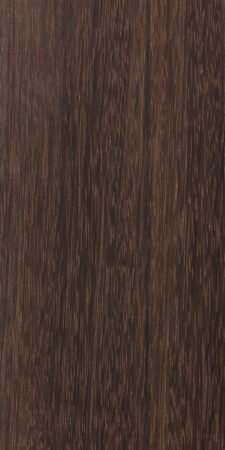
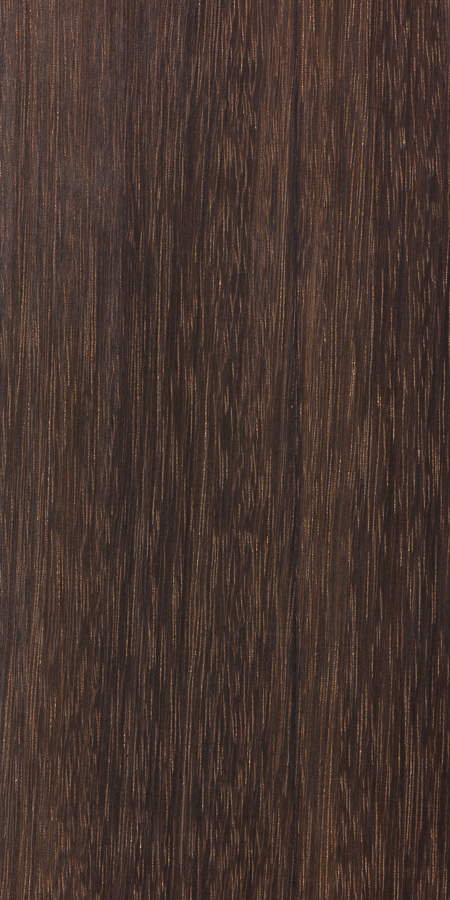
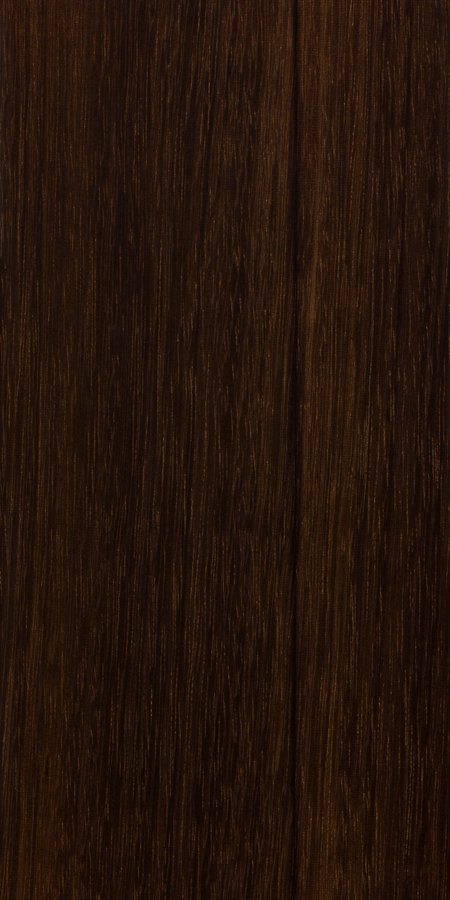
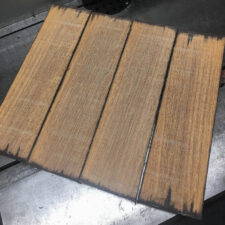
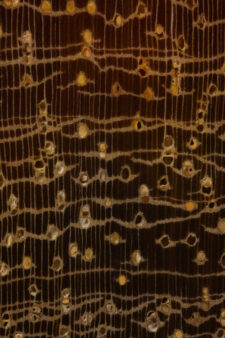

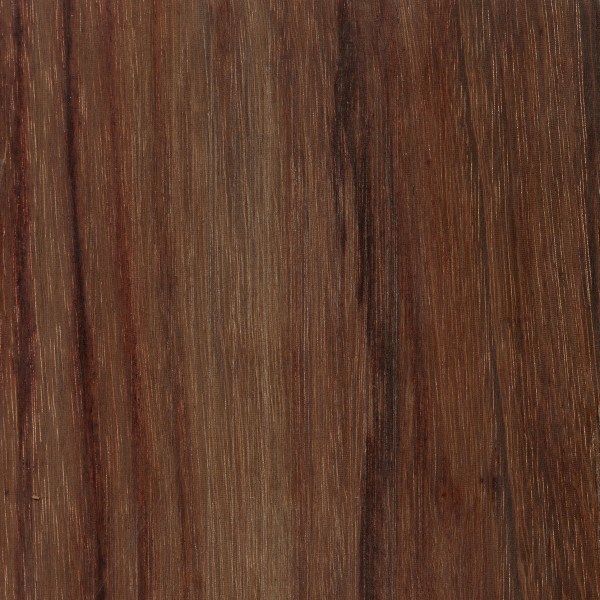
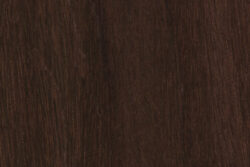
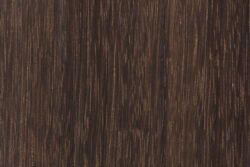
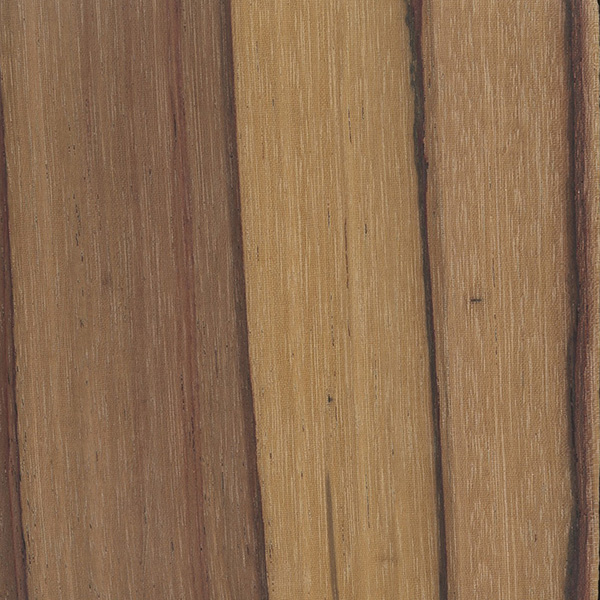
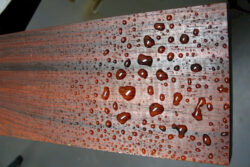
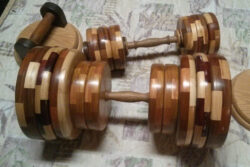

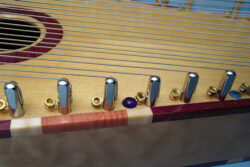
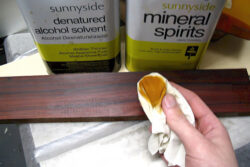




This block came from a dark slab the seller told me was more than 20 years old. You can imagine my shock when I cut it. 48 hours later it was already darker and more reddish, 2 weeks later you couldn’t tell the difference in color. Amazing wood, although tough to blades.
very dense and dark like katalox but the sample piece i have has a much more wavy grain pattern and is listed as swartzia tomentosa. every online search says they are the are the same thing. any thoughts by you eric? or anybody else?
Ted,
To me, Katalox heartwood is more purple in color than Brazilian Ebony.
I have both, and can notice a difference. Swartzia tomentosa gives off
a root beer smell when working. I am thinking the tomentosa and panacoco
species are interchangeable. Certainly not the Katalox species. FWIW.